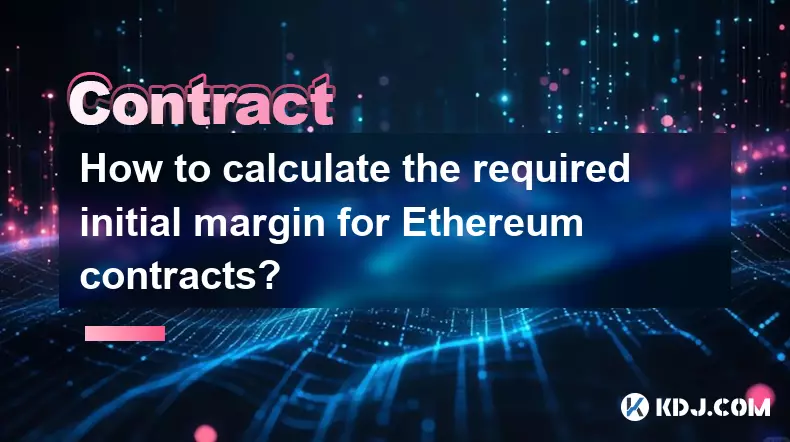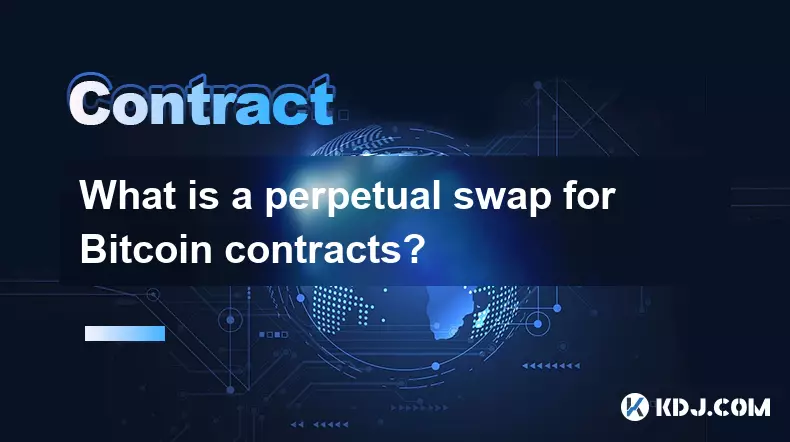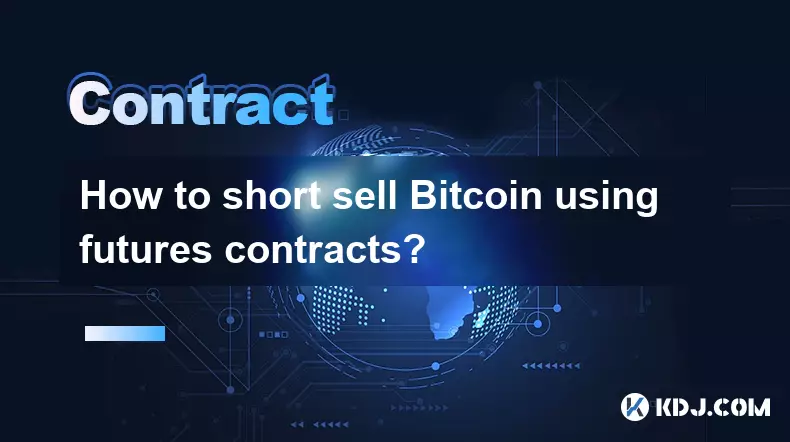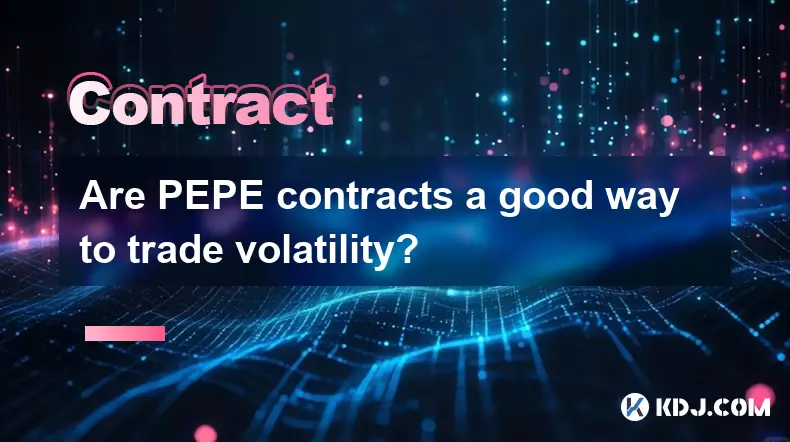-
 bitcoin
bitcoin $118548.520763 USD
3.67% -
 ethereum
ethereum $4352.564943 USD
4.79% -
 xrp
xrp $2.964058 USD
4.22% -
 tether
tether $1.000565 USD
0.05% -
 bnb
bnb $1028.372955 USD
1.46% -
 solana
solana $221.373507 USD
6.00% -
 usd-coin
usd-coin $0.999933 USD
0.02% -
 dogecoin
dogecoin $0.248633 USD
6.85% -
 tron
tron $0.341444 USD
2.38% -
 cardano
cardano $0.852946 USD
5.82% -
 hyperliquid
hyperliquid $47.869306 USD
6.15% -
 chainlink
chainlink $22.561476 USD
6.01% -
 ethena-usde
ethena-usde $1.001258 USD
0.05% -
 avalanche
avalanche $30.660000 USD
2.06% -
 stellar
stellar $0.400917 USD
9.76%
How do I set a trailing stop-loss or take-profit order in Polkadot futures?
Trailing stop-loss and take-profit orders in Polkadot futures automatically adjust to lock in gains and manage risk amid volatility, ideal for DOT’s dynamic market.
Sep 23, 2025 at 01:36 pm

Understanding Trailing Stop-Loss and Take-Profit in Polkadot Futures
1. Trailing stop-loss and take-profit orders are dynamic tools used to manage risk and lock in profits in volatile markets such as Polkadot futures trading. Unlike fixed stop-loss or take-profit levels, trailing versions adjust automatically as the market price moves favorably. This allows traders to protect gains without needing to manually close positions.
2. In the context of Polkadot (DOT) futures, these orders follow the price movement by a specified distance, either in percentage terms or in fixed price units. When the price reverses beyond the defined threshold, the order is triggered, closing the position at the best available market rate.
3. Most major derivatives exchanges that list Polkadot futures—such as Binance, Bybit, and OKX—support trailing stop functionality. The exact interface may vary, but the core logic remains consistent across platforms.
4. Traders must understand that trailing orders are not guaranteed executions. During periods of high volatility or low liquidity, slippage can occur, meaning the actual fill price may differ from the expected trigger price.
5. These tools are especially useful for DOT due to its sensitivity to ecosystem updates, parachain auctions, and broader crypto market sentiment, all of which can cause sharp price swings.
Setting a Trailing Stop-Loss on a Derivatives Exchange
1. Log into your chosen exchange that supports Polkadot futures, navigate to the futures trading interface, and select the DOT/USDT or DOT/USD contract you wish to trade.
2. Open the order panel and locate the “Stop-Loss” section. Instead of entering a static price, look for an option labeled “Trailing Stop” or a toggle that switches from “Fixed” to “Trailing.”
3. Enter the trailing distance. For example, inputting 5% means the stop-loss will trail 5% below the highest price reached since the order was placed (for long positions). For short positions, it trails above the lowest point.
4. Confirm the order placement. Once active, the system continuously updates the stop-loss level as the market price improves, maintaining the set distance.
5. Monitor the order status in the “Open Orders” or “Positions” tab. If the price drops sharply and hits the trailing stop level, the position will be closed automatically via a market or limit order, depending on platform settings.
Configuring a Trailing Take-Profit Order
1. Within the same futures order interface, locate the “Take-Profit” section. Similar to the stop-loss, switch from a fixed price entry to a trailing mode if available.
2. Define the trailing amount. A 7% trailing take-profit on a long DOT futures position means the profit target adjusts upward as the price rises, always staying 7% behind the peak.
3. Some platforms allow separate triggers for take-profit and stop-loss, enabling both trailing mechanisms to operate simultaneously on the same position.
4. Be aware that certain exchanges may require advanced order types like “Conditional Trailing Orders” or use scripts within their API to achieve this functionality.
Ensure your margin balance is sufficient, as trailing orders remain active until executed or canceled, and sudden price movements can lead to liquidation if undercollateralized.Key Considerations for Polkadot Futures Traders
1. Network congestion or exchange downtime can delay order execution, even with trailing mechanisms enabled. Always verify connectivity and server status during critical market events.
2. Adjust trailing distances based on historical volatility. DOT has exhibited significant intraday swings, so overly tight trailing values may result in premature exits.
3. Use funding rates and open interest data to assess market sentiment. High long-side funding can signal over-leverage, increasing the likelihood of sharp corrections that may trigger trailing stops.
Avoid setting trailing parameters based solely on emotion; instead, align them with technical levels such as moving averages or recent swing highs/lows.4. Test trailing strategies in a demo environment before deploying real capital, especially when combining them with leverage.
Frequently Asked Questions
Can I modify a trailing stop-loss after placing it?Yes, most exchanges allow you to edit the trailing distance or deactivate the order entirely while the position is still open. However, changes may not take effect instantly during rapid price movements.
Do all exchanges support trailing take-profit for Polkadot futures?No, support varies. While Binance and Bybit offer robust trailing functionality, some smaller platforms only provide trailing stop-loss without take-profit options. Always check the specific features of the exchange.
What happens if the market gaps past my trailing stop level?If a gap occurs due to news or macro events, the order may execute at a significantly worse price than expected. This is known as slippage and is common in low-liquidity conditions or during weekends when volumes drop.
Is a trailing stop-loss visible to other market participants?No, trailing stop orders are stored internally by the exchange and do not appear in the public order book. They only become market orders once triggered, minimizing front-running risks.
Disclaimer:info@kdj.com
The information provided is not trading advice. kdj.com does not assume any responsibility for any investments made based on the information provided in this article. Cryptocurrencies are highly volatile and it is highly recommended that you invest with caution after thorough research!
If you believe that the content used on this website infringes your copyright, please contact us immediately (info@kdj.com) and we will delete it promptly.
- BlockDAG, DOGE, HYPE Sponsorship: Crypto Trends Shaping 2025
- 2025-10-01 00:25:13
- Deutsche Börse and Circle: A StableCoin Adoption Powerhouse in Europe
- 2025-10-01 00:25:13
- BlockDAG's Presale Buzz: Is It the Crypto to Watch in October 2025?
- 2025-10-01 00:30:13
- Bitcoin, Crypto, and IQ: When Genius Meets Digital Gold?
- 2025-10-01 00:30:13
- Stablecoins, American Innovation, and Wallet Tokens: The Next Frontier
- 2025-10-01 00:35:12
- NBU, Coins, and Crypto in Ukraine: A New Yorker's Take
- 2025-10-01 00:45:14
Related knowledge

What is the maintenance margin for Bitcoin contracts?
Oct 02,2025 at 01:36am
Decentralized Exchanges Gain Momentum in 20241. Decentralized exchanges (DEXs) have seen a significant rise in trading volume, surpassing centralized ...

How to calculate the required initial margin for Ethereum contracts?
Oct 01,2025 at 06:01am
Understanding Initial Margin in Ethereum Futures1. The initial margin for Ethereum futures contracts represents the minimum amount of capital a trader...

What is a perpetual swap for Bitcoin contracts?
Oct 01,2025 at 08:18am
Understanding Perpetual Swaps in Bitcoin Trading1. A perpetual swap is a type of derivative contract that allows traders to speculate on the price of ...

What is the best platform for trading SOL contracts?
Oct 01,2025 at 06:36am
Understanding the Role of Decentralized Exchanges in Modern Crypto Trading1. Decentralized exchanges (DEXs) have reshaped how traders interact with di...

How to short sell Bitcoin using futures contracts?
Oct 01,2025 at 02:54am
Understanding the Role of Decentralized Exchanges in Crypto Trading1. Decentralized exchanges (DEXs) have become a cornerstone of the cryptocurrency e...

Are PEPE contracts a good way to trade volatility?
Oct 01,2025 at 04:18am
Understanding PEPE Contracts in the Cryptocurrency Market1. PEPE contracts, derived from the broader meme coin movement, have gained attention due to ...

What is the maintenance margin for Bitcoin contracts?
Oct 02,2025 at 01:36am
Decentralized Exchanges Gain Momentum in 20241. Decentralized exchanges (DEXs) have seen a significant rise in trading volume, surpassing centralized ...

How to calculate the required initial margin for Ethereum contracts?
Oct 01,2025 at 06:01am
Understanding Initial Margin in Ethereum Futures1. The initial margin for Ethereum futures contracts represents the minimum amount of capital a trader...

What is a perpetual swap for Bitcoin contracts?
Oct 01,2025 at 08:18am
Understanding Perpetual Swaps in Bitcoin Trading1. A perpetual swap is a type of derivative contract that allows traders to speculate on the price of ...

What is the best platform for trading SOL contracts?
Oct 01,2025 at 06:36am
Understanding the Role of Decentralized Exchanges in Modern Crypto Trading1. Decentralized exchanges (DEXs) have reshaped how traders interact with di...

How to short sell Bitcoin using futures contracts?
Oct 01,2025 at 02:54am
Understanding the Role of Decentralized Exchanges in Crypto Trading1. Decentralized exchanges (DEXs) have become a cornerstone of the cryptocurrency e...

Are PEPE contracts a good way to trade volatility?
Oct 01,2025 at 04:18am
Understanding PEPE Contracts in the Cryptocurrency Market1. PEPE contracts, derived from the broader meme coin movement, have gained attention due to ...
See all articles










































































